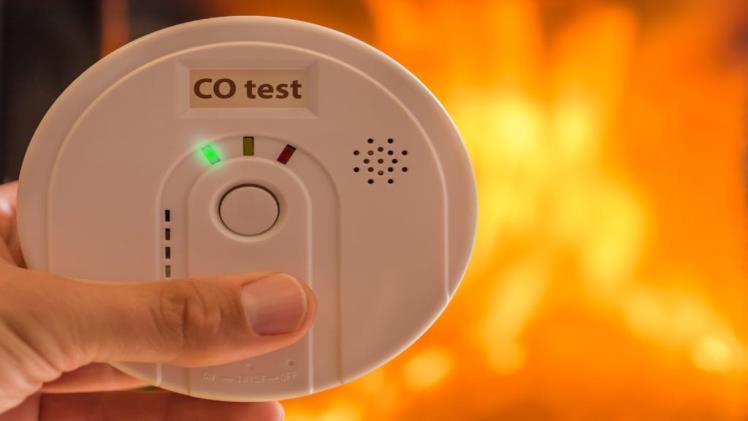A carbon monoxide detector can alert you of dangerous levels of the gas. The device should provide enough warning to allow you to leave the home. There are safety standards that make certain the detectors sound their alarms at the right time. There are several types of detectors, and each uses a different technique to gauge CO levels.
Symptoms of carbon monoxide poisoning
Symptoms of carbon monoxide sensor can vary greatly depending on the level of exposure. In mild cases, a person may experience flu-like symptoms or food poisoning, while more serious cases may require immediate medical attention. At high levels, carbon monoxide can cause seizures and loss of consciousness. In lower doses, impaired thinking and emotional may occur. If you are worried about carbon monoxide poisoning, call a nurse on call immediately.
Carbon monoxide, or CO, is an odorless, colorless gas that can be fatal if breathed in large enough quantities. It is produced by incomplete combustion of fuel, and can accumulate indoors, in vehicles, and in factories. The odorless gas is extremely deadly, and breathing in a large concentration of it can result in a person passing out or even dying before they even realize there is a problem.
The best way to prevent carbon monoxide poisoning is to make sure your home is completely ventilated. Using gas appliances, charcoal grills, and propane stoves inside the home can result in high levels of CO. In addition to venting these sources to fresh air, be sure to shut off the source of CO to prevent a potential leak. If an individual has already been exposed to CO, it is also a good idea to install a carbon monoxide alarm.
If the symptoms of carbon monoxide poisoning become severe, the patient should be hospitalized. Depending on the severity of the poisoning, treatment can include 100% oxygen delivery through a face mask. This will speed up the removal of carbon monoxide from the bloodstream and relieve symptoms. In some cases, a patient may require hyperbaric oxygen therapy, a pressurized oxygen chamber at a pressure of two atmospheres.
Choosing a CO detector
Before purchasing a CO detector, make sure you’re aware of your needs. It’s important to choose a model that is accurate and has an easy-to-use interface. Look for UL listings and a clear backlit display. Some CO detectors also offer voice alerts for more effective warnings.
Where you put the detector is also important. Generally, you should install the CO detector close to a bedroom or sleeping area. It’s also a good idea to install the CO detector in a room that is well-ventilated. Avoid installing the detector near an open air vent or a heater. It also helps to avoid areas that have chemicals or cleaning supplies. Extreme temperatures or humidity can also affect the performance of the detector. Lastly, make sure to choose a CO detector that will stop automatically when the CO in the air is cleared.
The concentration of carbon monoxide in the air can cause a range of symptoms. It can also lead to brain damage and death if there’s a high enough concentration of the gas. CO detectors are necessary to protect you and your family from this potentially deadly gas. They should be installed within fifteen feet of sleeping areas and tested monthly. It’s also important to choose a detector with an alarm. Alarm CO detectors are more practical than those with color-changing patches, which require you to constantly check the levels of CO.
Conclusion
If you’re buying a CO detector for a home, consider a model that can also function as a smoke detector. A good choice would be a battery-operated model. These are much less expensive and more portable.

